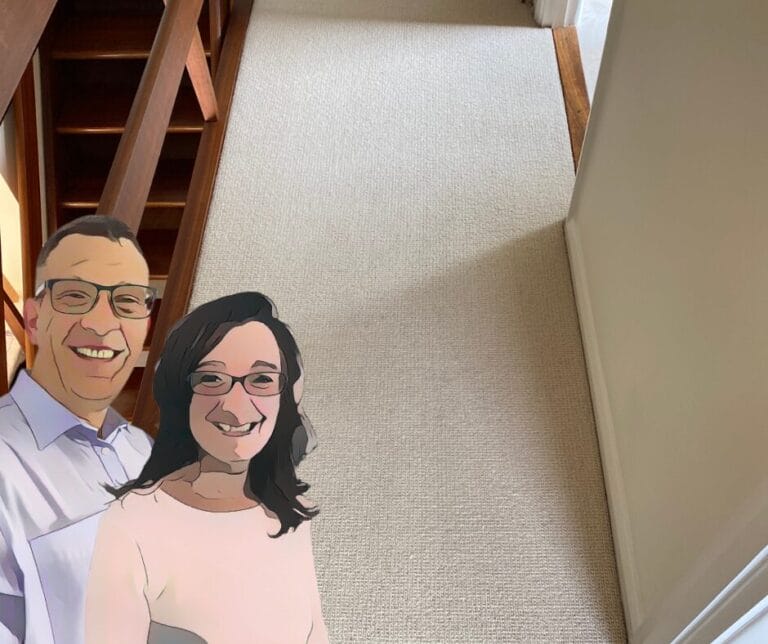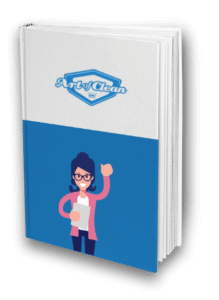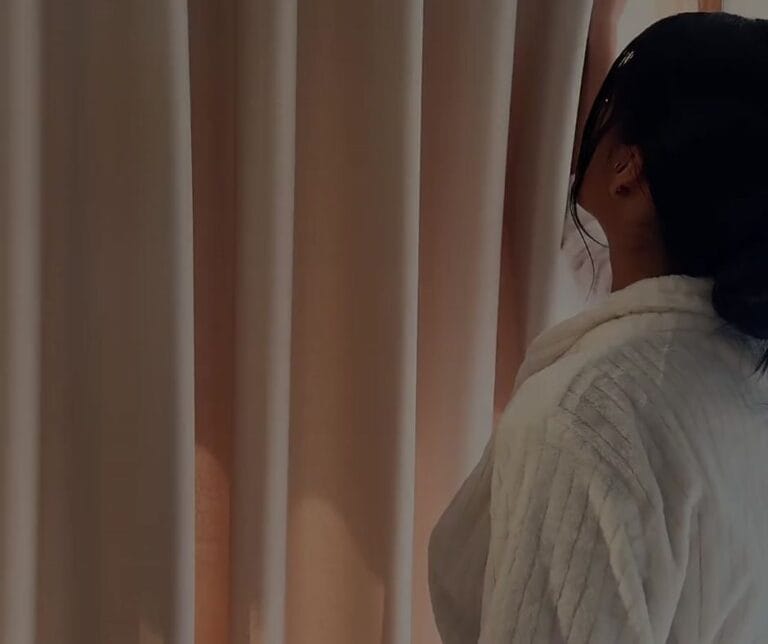Once I had access to the wall cavity upstairs, I was shocked by the sheer amount of water everywhere. I ran back downstairs only to see a wet patch forming on the wall, with water even dripping from a light fixture in the kitchen. I quickly switched off the electrics.
Now, six weeks later, we’re back to normal, but the experience left me with some valuable lessons I wanted to share with you. Here’s how you can put yourself in a better position to reduce the impact of a sudden escape of water in your home.
So, how do you protect your home and floors from water damage?…
-
Check Your Insurance
First things first, make sure your property insurance is fully up to date. Take a moment to review your coverage, specifically checking whether your policy will protect your home and floors from water damage. If you’re unsure or need to update your policy, give your insurance company a call. Discuss the details of your coverage and clarify what it will include and what it will not.
-
Have a Plumber on Speed Dial
It’s essential to have access to a good local plumber. If you haven’t used a plumber in a while, reaching out to your preferred one might be worthwhile to ensure they’re still available to help in an emergency. And if you’re stuck, don’t hesitate to give us a call—we can recommend someone reliable near you.
-
Locate Your Stopcock
Next, go and find the main stopcock to your property. Before you touch it, consider that closing it might cause it to start dripping. This is rare, but it has happened to me before, and trust me, it’s a situation you want to avoid. Once you’ve located the stopcock, test it by closing it and then opening all the taps around the house to ensure it’s the main one. After you’ve done that, close all the taps again and open the stopcock. Check if it’s easy to shut and if there are any drips. This simple exercise will give you peace of mind, knowing it works and doesn’t leak.
-
Know the Types of Water Damage
Understanding the type of water that’s affected your carpets or floors is crucial in deciding the next steps.
- Category 1 Water (Clear Water): This is water from a clean source, for example broken water supply line or an appliance malfunction. While it’s not an immediate health risk, it can still damage furniture and building structures, especially if it comes into contact with live electrical circuits. Clear water can quickly turn into grey or black water if left untreated.
- Category 2 Water (Grey Water): This water contains a significant degree of contaminants and can cause discomfort or sickness if consumed or even exposed to. Grey water often comes from toilet bowls (without faeces), sump pump failures, or discharge from dishwashers and washing machines.
- Category 3 Water (Black Water): This is the most dangerous type, containing unsanitary agents, harmful bacteria, and fungi. Black water is typically from sewage, seawater, or any water that’s been stagnant for a long period. Carpets and floors affected by black water usually need to be replaced, as cleaning them safely isn’t possible.
-
Check Your Carpet’s Underlay
If your carpets get wet from an escape of water, whether it’s clear or grey, you must check the underlay. If the underlay has plastic skin on both sides, it will trap moisture, preventing it from drying out and leading to mould and bacteria growth. You can see more about this in this video and this article.
If the underlay is soaked and has a double layer of plastic, contact your insurance company before removing the carpet. Always take photos and videos to document the damage. If they made the underlay with a material that can dry out, such as paper, you may be able to save the carpet. Use a wet vacuum to suck up as much water as possible. You could also use old bath towels to absorb the water.
-
Drying Out the Carpet
Once you’ve extracted as much water as possible, carefully lift the carpet to expose the underlay and allow airflow to start the drying process. Ensure you’ve contacted your insurance company before doing too much intervention. In cases of smaller floods or water escapes, you may be able to save the carpet. After a few days, once the carpet and underlay have dried out, you can get the carpets refitted—give us a call, and we can arrange that for you.
Be cautious about trying to save carpets that may have mould or spores growing in them. If you’re in doubt, consulting with professionals is always better… Art of Clean is only a call away! If you’re not in our catchment area, which you will find at the bottom of our home page, the NCCA is the place to go! They cover the whole of the UK and support all accredited companies!






